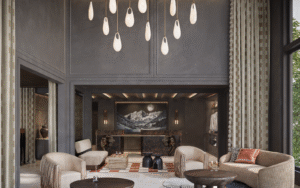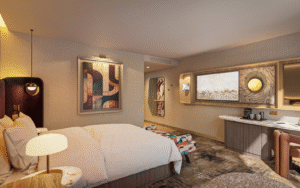As boutique hotels grow in popularity, developers are turning away from generic structures and embracing character-rich spaces with authentic stories. Kate Mooney, Founder and Principal at OCCA Design, explains how the studio blends history with contemporary elegance in today’s hospitality and luxury residential landscape…

In the arena of boutique hotels, the focus has shifted from maximising profit through volume to curating an experience steeped in story and individuality. According to Allied Market Research, the global boutique hotel market was valued at $9.8 billion in 2023 and is projected to grow at a steady 6.4 percent annually, reaching $18 billion by 2033. This growth reflects a cultural shift: travellers are seeking out properties that connect them to the local narrative through one-off experiences as well as artful and meaningful design and architecture.
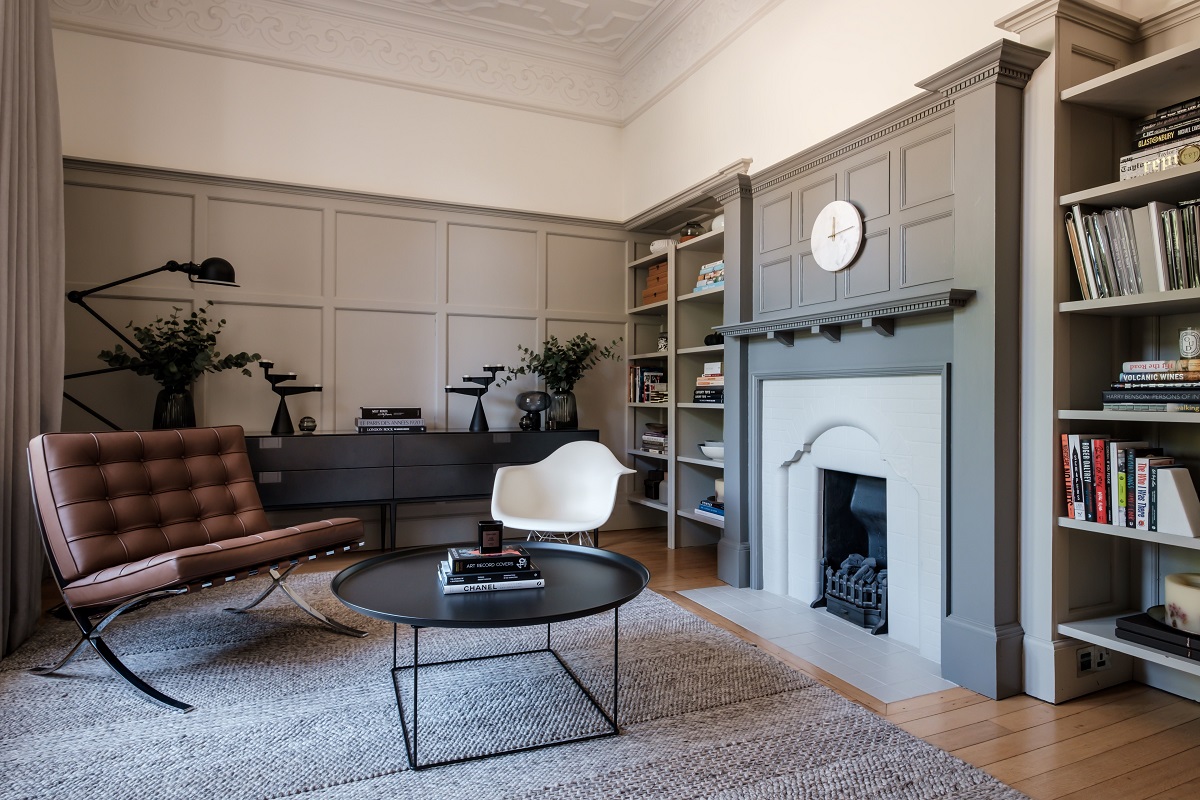
Image credit: OCCA Design
In response, hotel brands are developing lifestyle properties that integrate seamlessly into the surrounding landscape, often housed in historic buildings such as former banks or iconic townhouses. These structures present unique architectural challenges, as designers balance the preservation of original character with the creation of a hotel experience that aligns with the brand’s vision.
Designers face the exciting challenge of transforming heritage buildings into modern hotel spaces without diluting their historic charm. These buildings, often distinguished by ornate façades, intricate detailing and stately architecture, tell a story that designers must respect and celebrate. The goal is to enrich these narratives with contemporary luxury, creating environments where past and present coexist harmoniously.
Honouring original architecture
At OCCA, many of our projects involve crafting a delicate balance between modernity and history. Currently, we’re reimagining a well-loved holiday rental inside a Victorian townhouse on St. Andrews’ famed ‘The Scores’– a scenic stretch leading from the Old Course to the ruins of St. Andrews Castle. To bring this vision to life, our design team are delving into the local landscape and hospitality culture, creating a refined interior design scheme that, through structural transformation and meticulous detailing, captures the essence of its storied setting.
One of OCCA’s guiding principles is ‘less is more’. Rather than overshadowing a building’s heritage features, we emphasise them. Each project begins by carefully studying the period details – ornate mouldings, panelling, grand staircases – and planning where contemporary elements can complement rather than compete. In heritage hotels, modern furniture with clean lines and understated materials can bring contrast to Victorian detailing, while strategic lighting can emphasise architectural features, casting a warm glow on the past.
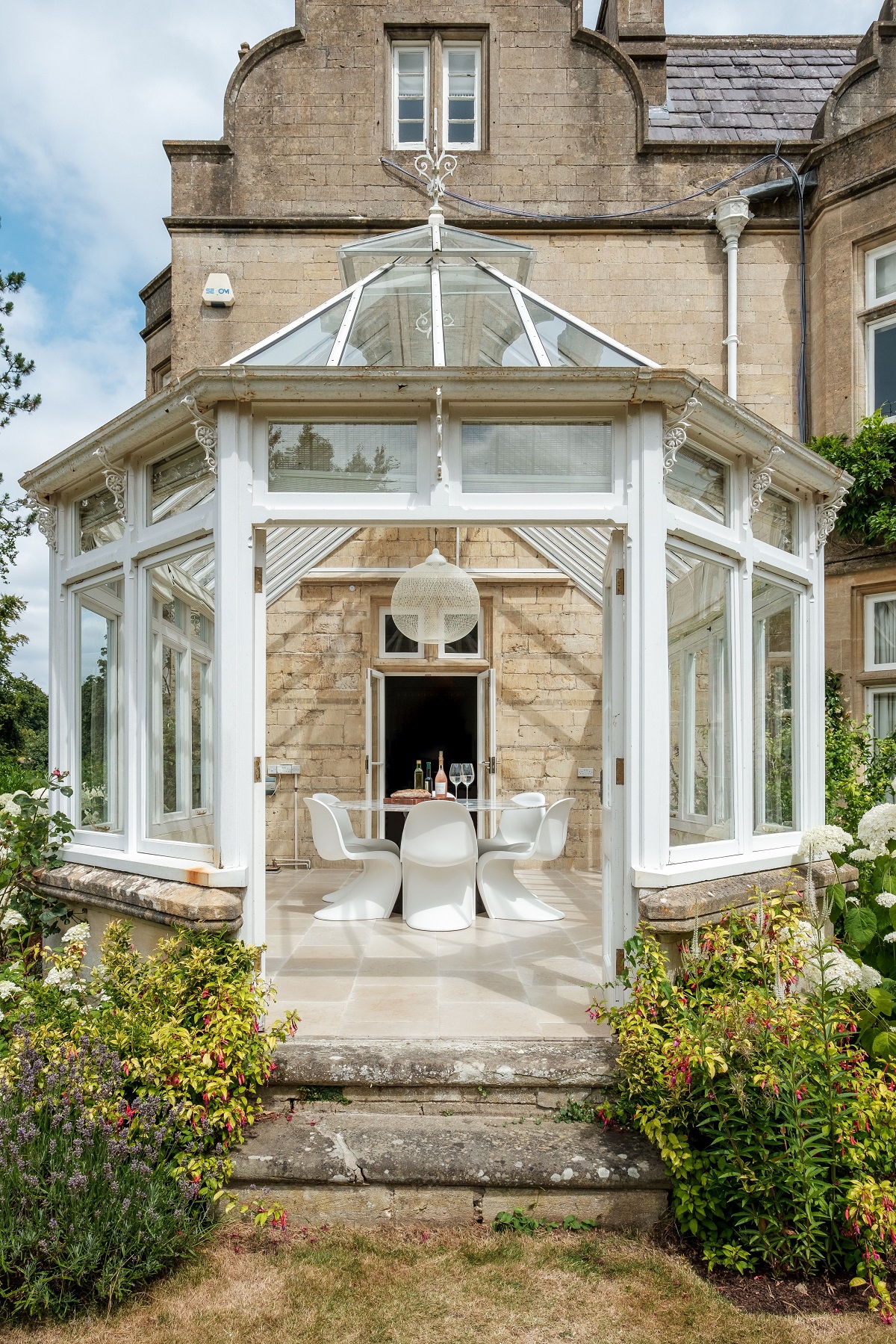
Image credit: OCCA Design
A modern take on heritage
In St. Andrews, we are taking a bold step by adding a rear extension that would house a modern lounge and dining area, highlighted by large, metal-framed glass doors that flood the interiors with natural light. This will allow us to preserve the Victorian façade whilst introducing a blend of old and new through the building’s expanded architecture. The extension, utilising materials such as stone, zinc and cladding, will respect the building’s heritage while adding a contemporary layer that elevates the overall guest experience.
For another recent project in Bath, an area full of classic architecture, we were tasked with creating a 21st-century design scheme inside a 19th-century Grade II listed building. Taking inspiration from Frank Gehry’s mantra that “architecture should speak of its time and place but yearn for timelessness,” we crafted a modern aesthetic that honoured the building’s Jacobean revival style. With mid-century furnishings, bold artwork and statement lighting, we injected a sense of vibrancy, creating a bridge between the past and present. Intricate period detailing was preserved, with the character of the building flowing naturally through the updated interior.
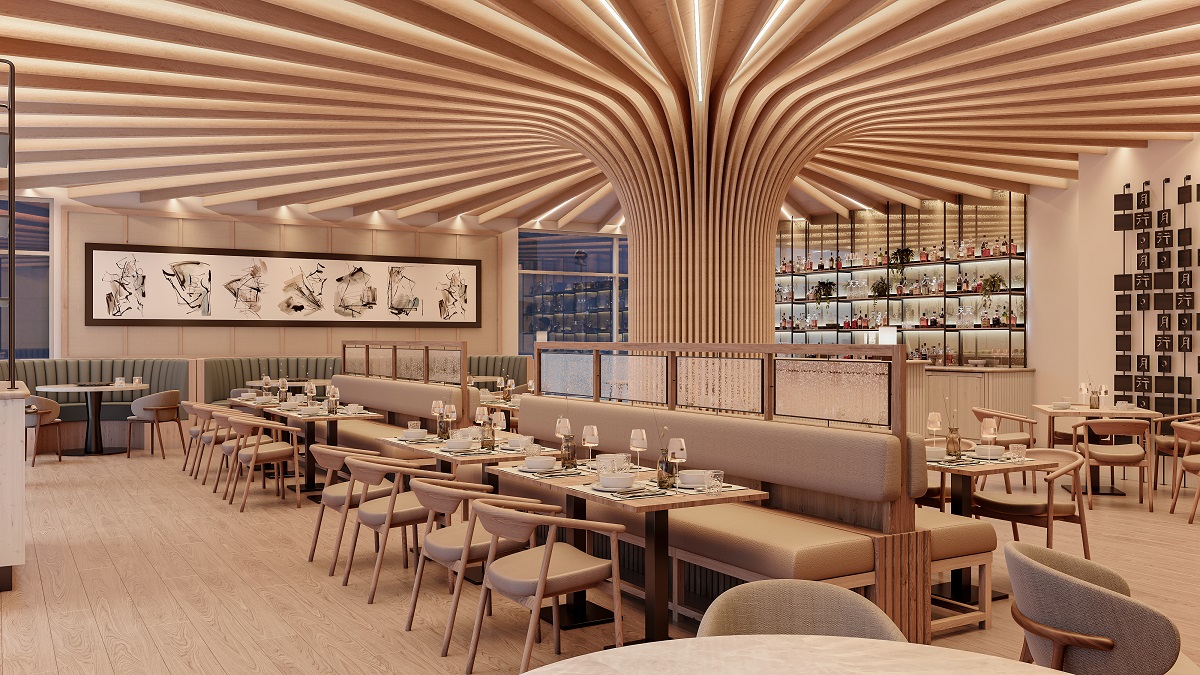
Image caption: Crowne Plaza Sofia | Image credit: OCCA Design
Blending tradition in contemporary spaces
Creating depth and texture in a historic setting is one challenge, but so too is weaving local heritage into contemporary structures. The concept for Crowne Plaza Sofia, for example, is a sophisticated example of this approach, merging Crowne Plaza’s modern brand identity with Sofia’s rich architectural legacy. The hotel’s design narrative finds a delicate balance between brand standards and local context, resulting in a cohesive yet immersive experience.
The design for Crowne Plaza Sofia has been carefully crafted to reflect both global sophistication and rich Bulgarian heritage. The public spaces, which were painstakingly reconfigured, incorporate natural materials and muted tones that evoke Sofia’s mountainous landscape, while modern lighting and minimalist furniture keep the design firmly in the present. Locally inspired artwork and textured walls provide subtle nods to Bulgarian culture, offering guests a genuine sense of place without overwhelming the interiors.
Through this design approach, the Crowne Plaza Sofia will speak to the brand’s commitment to comfort and functionality, while also paying homage to its unique location. It is these thoughtful touches, embedded within a larger contemporary framework that expands into the guestrooms, that elevate the property into a memorable and authentic experience for modern travellers.

Image caption: Crowne Plaza Sofia | Image credit: OCCA Design
Crafting spaces with soul
Merging contemporary design with heritage architecture, or imbuing new buildings with historical references, is an art that requires both skill and sensitivity. By creating a dialogue between past and present, designers can craft spaces that feel simultaneously authentic and fresh. Through a judicious use of colour, carefully selected furnishings and an openness to embrace modern architectural elements, boutique hotels become portals to another time, enhanced by the comforts of today.
This delicate balance preserves the essence of each building, allowing its story to live on for new generations. Through meticulous attention to detail and an unwavering respect for history, designers are creating boutique hotels that celebrate both heritage and the here-and-now – offering guests an immersive experience that is as luxurious as it is meaningful.
OCCA is uniquely positioned to tackle the nuanced challenges of blending history with contemporary luxury in boutique hotel design. With a team that spans expertise in interior design, procurement and branding, OCCA brings a holistic approach to each project, creating spaces that are aesthetically compelling, highly functional and marketable. The studio’s interior designers work to enhance a building’s inherent character, delicately balancing period details with modern amenities, while the procurement team ensures that each piece of furniture and finish is both aligned with the design vision and carefully sourced to meet quality and budget requirements. Meanwhile, OCCA’s branding experts craft narratives that resonate with both the building’s heritage and the hotel’s target audience, giving each property a unique identity that feels true to its location and history. This trifecta of expertise allows OCCA to transform heritage properties into immersive boutique experiences that captivate guests while staying deeply connected to their surroundings.
OCCA Design is one of our Recommended Suppliers and regularly features in our Supplier News section of the website. If you are interested in becoming one of our Recommended Suppliers, please email Katy Phillips.
Main image credit: OCCA Design









